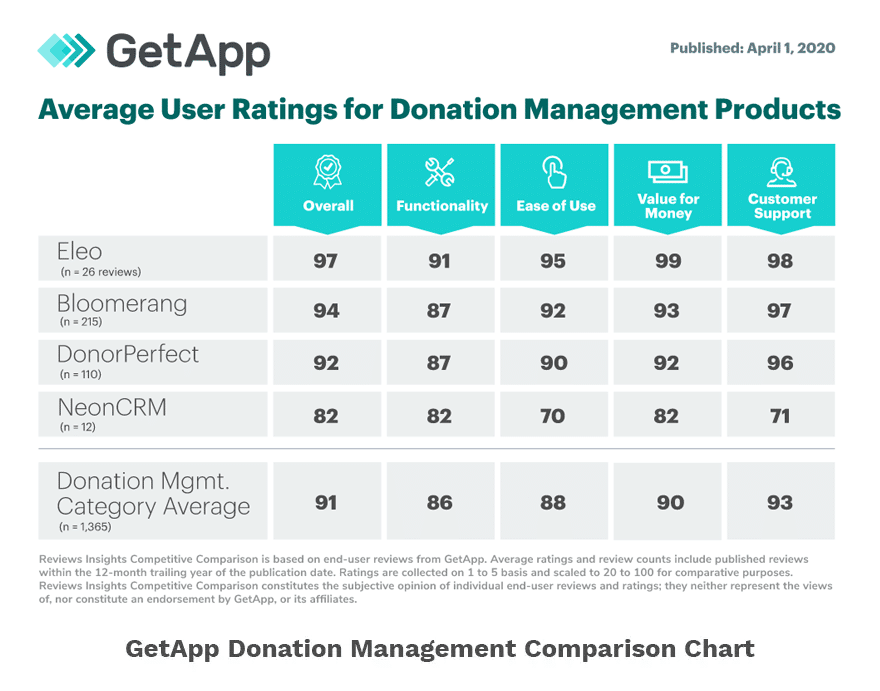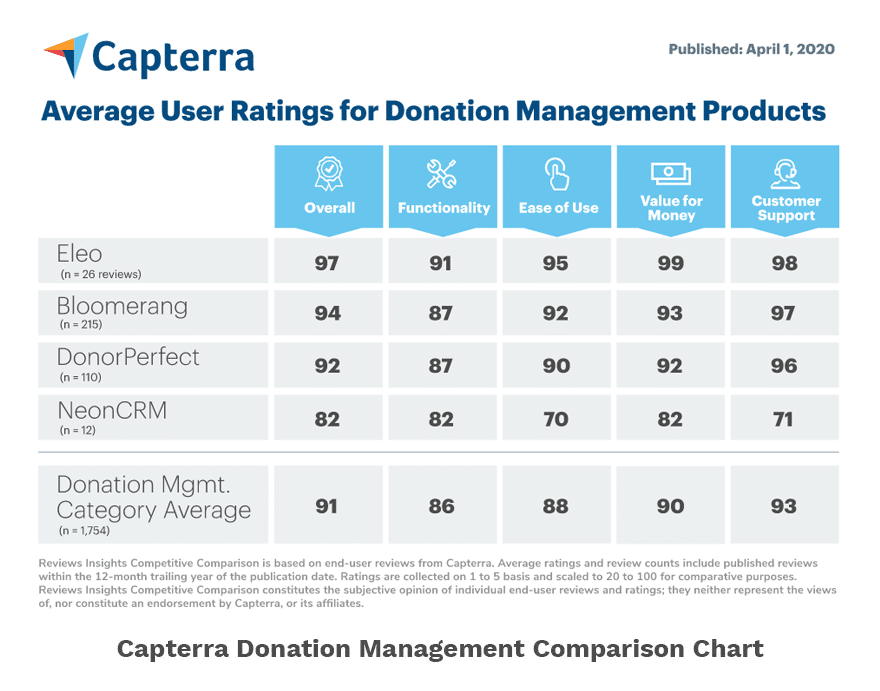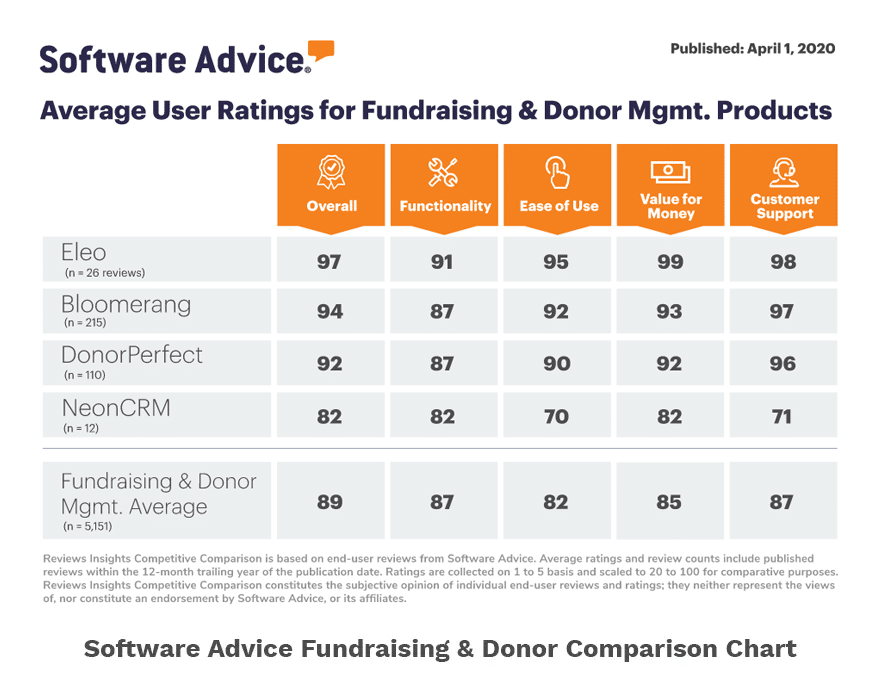
In a previous post, we discussed the anatomy of a thank you letter. We focused on how nonprofits should structure the letter, what information to include, and how to handle each component of the letter, from the salutation to the story to the signature. Of course, the right donor management software can make the process of creating and distributing thank you letters as simple and efficient as possible.
Now, let’s talk about how to approach your thank you letters in a way that makes each donor feel appreciated. A thank you letter is an important part of the relationship-building process. It could be the first personal interaction with a donor after they’ve given to your nonprofit. And it could go a long way toward ensuring that you receive another gift.
After all, appreciated donors are more likely to be repeat donors – and generosity tends to follow suite. Here are four ways to create memorable thank you letters that help you build a stronger connection with your donors.
1) Be Prompt
You love when your donors give quickly. You ask them to give by a certain date. It’s only fair that donors be acknowledged soon after they give. At that point, the gift is still fresh in their mind. Their reason for giving is still front and center. A prompt thank you helps to keep that top-of-mind connection from fading. It also gives the donor confidence that your nonprofit has its act together.
2) Be Warm and Fuzzy
This isn’t a follow-up email after a budget meeting. This is a thank you letter after a donation. Tenderness is okay. Wearing your heart on your sleeve is okay. It’s better to err on the side of warm and fuzzy than risk being thought of as cold and distant. Again, building on the emotional bond between the donor and your nonprofit is one of the most important functions of a thank you letter.
3) Be Personal
We discussed this in the previous post, but it bears repeating. Use your thank you letter to recognize and celebrate the donor’s support with your nonprofit on a personal level. Know your donor’s story. In the thank you, be specific about the donor’s life experiences that brought them to you. Acknowledge that you know why they are there. For example, if your non-profit supports children with cancer, and you know that the donor’s child has cancer, bring it up, offer support and thank them for their commitment. It shows that you value and appreciate the relationship, not just the gift.
4) Be Real
Your thank you letter should sound like a one-on-one conversation, not a keynote address. The letter should come from an individual, and it should sound like it’s coming from a real person. In real conversations, people use small words and short sentences. They tell stories. They might crack a joke. Keep the language conversational and you’ll keep the donor engaged.
We can’t overstate the necessity of a carefully crafted thank you letter. It makes donors feel like they made the right decision to give to your nonprofit. It makes them feel like you appreciate that decision. And, importantly, it makes them more likely to give again.
How to Craft a Killer Thank You Letter by Gail Perry was a valuable resource for this article.





